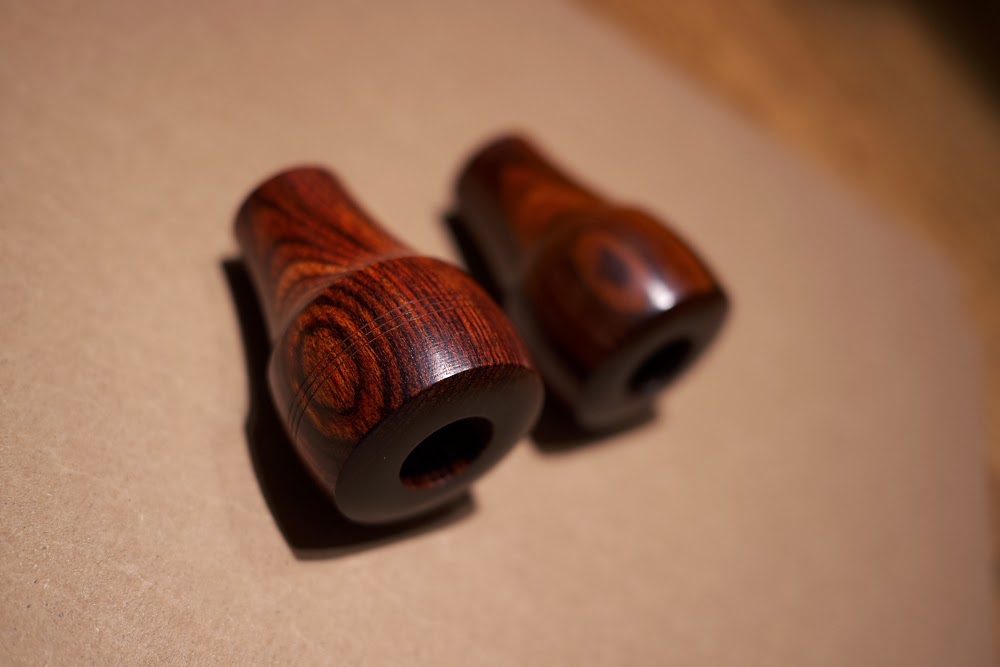Yesterday was shop cleaning day. I had just finished a week long project building two English-style field gates (more on that down the road) and the shop was trashed. Cedar shavings and dust were everywhere. The shop smelled incredible, but I couldn't walk in it. I also found a dead mouse in the shavings. Actually, it wasn't dead, just stuck in the trap and flopping around. I chucked the whole works into the woods behind the shop, then walked back with my head hung low. I asked God to forgive me for killing one of his precious creatures. Then I ate some fried chicken, thanking God for that precious creature.
So with all the shavings around, and on the hottest, stickiest day of the year, I thought it was time to flatten the Plate 11-style, French Oak bench again.
Last February I flattened it for the first time after the initial flattening (so technically the second time), removing about 1/8" from the dead center of the top (across the width). It's heart side up, so it crowns. This time, about 7 months later, the crown was about the same.
The odd thing is, the underside of the top wasn't cupped all that much. Technically speaking, you'd think there'd be about 1/4" gap in the middle (1/8" in February plus 1/8" couple days ago) but it was more like 1/16". I think what's happening is that the concave side is doing more of a linear shrink than a curvy one, so, not a parallel curve as with the heart side. I need to look back and see what Hoadley says about this.
The problem with flattening a crowned top is trying to keep the jointer plane from following the crown. I concentrate my effort just in the middle, and literally scrub the top with the plane, pressing down hard and making choppy strokes directly across the grain (90 degrees to the long edges). I don't tilt my plane to empty shavings or prevent them from getting drawn back into the mouth. The latter is really not an issue when traversing since the shavings are not long and durable. I use my breath to blow shavings from the path if they get in the way, again, without lifting the plane. I eat lamb shawarma for lunch, and that makes the breath more powerful for blowing the chunkier shavings I get from traversing. I want to maintain the feel of the sole staying engaged with an imagined flat plane as I traverse along the bench. As long as I concentrate on the middle, I'm usually fine.
Once I've made a couple passes, I check for twist. The red arrow points to the high side of the distant winding stick. My top is out by about 3/16" over the length of the bench (a little over 9'). Normally that wouldn't bother me, but today I was feeling particularly manly. I now take diagonal passes on the high corners to even them out, then make another traversing pass all along the top.
Then I check the length of the bench for flat, since traversing strokes only make it flat front to back. I had two humps directly over these two holdfast holes. I concentrated some more traversing passes in these areas until they were flat with the rest of the top. Then to even it all out I made two diagonal passes along the top. Then, just to make sure I kept the top as stable as possible, I took one pass on the underside of the bench with the plane held upside down. Lamb shawarma can do this.
For the last pass I sharpen the jointer plane with a camber and take two lighter traversing passes across the top to give it a toothy texture. Done. I did take the leg vise off the bench for the flattening operation because I needed to trim the length of the chop by just a bit. That's my St. Peter's Cross (okay, Crisscross) in the bench leg, and without which I would not want to work. Roubo says to place a piece of wood on the floor between the chop and the leg, equal to the thickness of the work, but if Roubo were alive today, he'd be a Benchcrafted customer (ahem).
The theory behind using a top slab with the heart up is partly that when the top moves it becomes concave on the underside and wedges itself onto the legs. This is partly true if my bench is any gauge. The top on my bench has arched up in the middle (as expected) so it's actually risen off the legs more at the rear of each leg than the front. Not by much, but its still visible. These joints were tight when we drove the top on last year, as below. Ignore the space between the tenons. That's end grain that got mashed down when I let Jeff Miller do some work on my bench. Never. Again.
My label also shows evidence of the movement. Next year at the FORP II, we'll figure out a better place to attach our labels. And this time we won't glue them to our cracks.



































































































